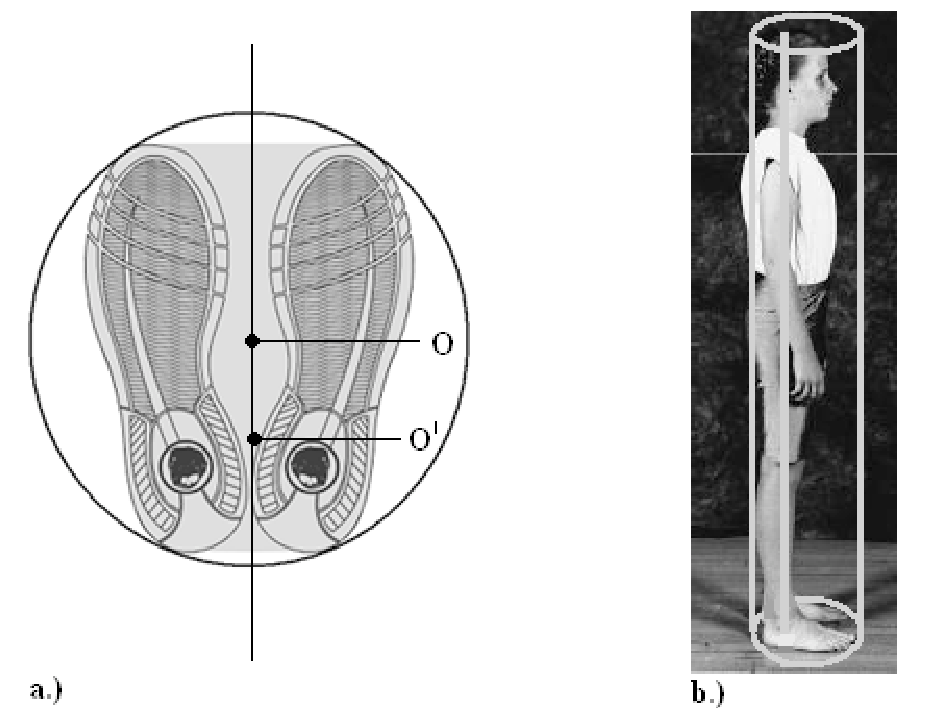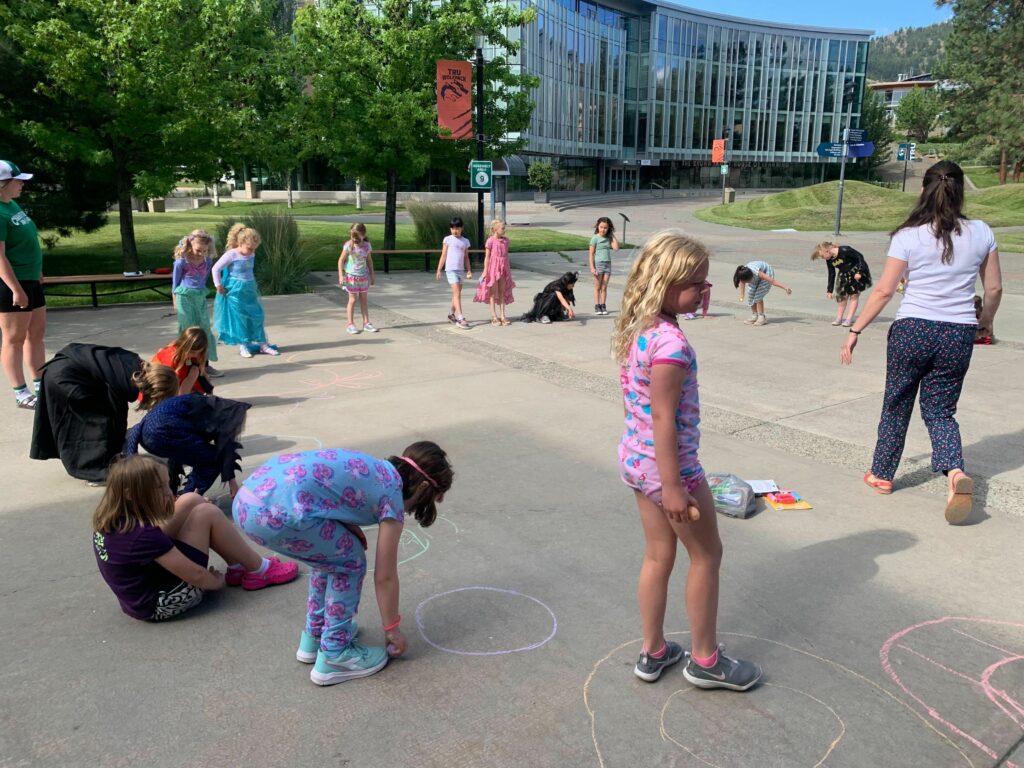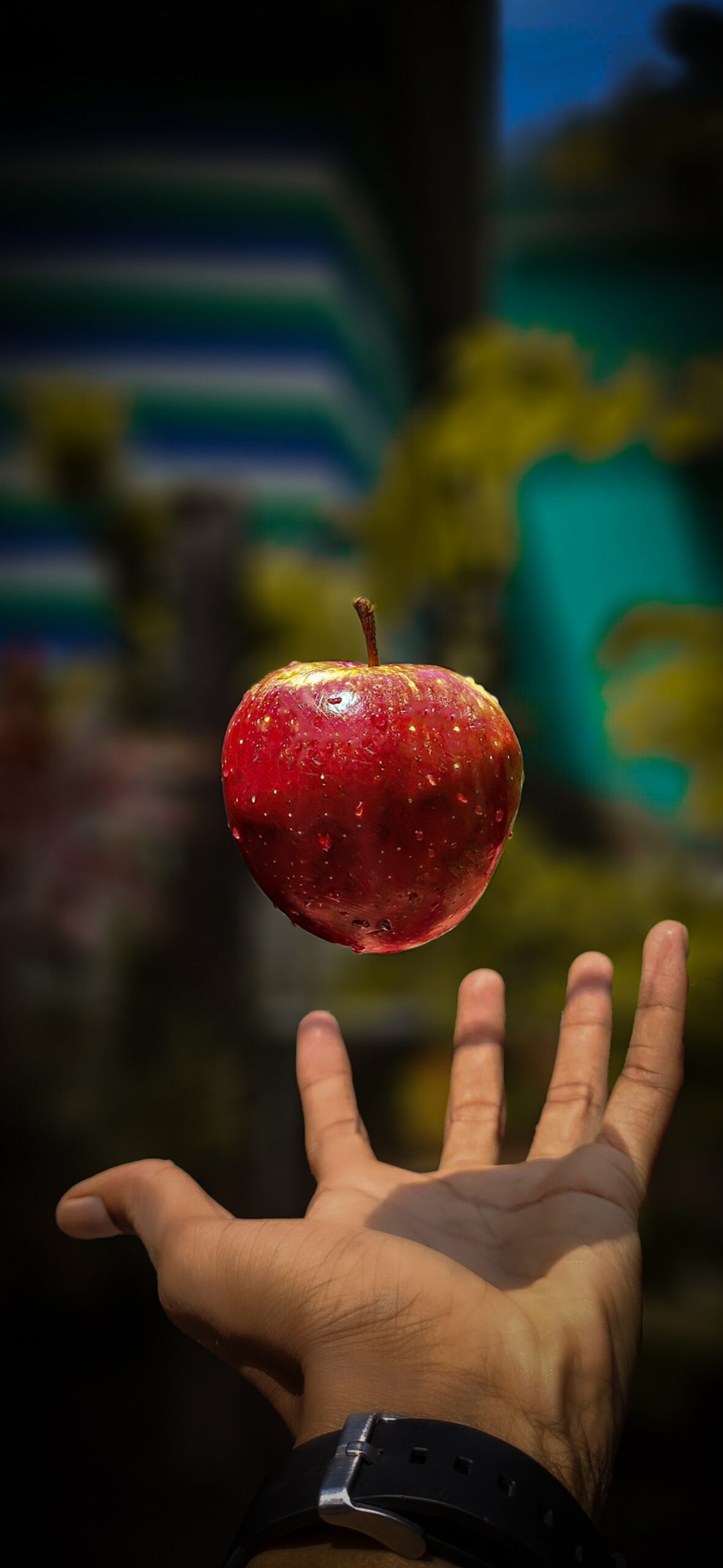Ethical Consideration
Students having their picture taken is a process which must be authorised ahead by their parents, or legal guardian. Students not participating in the picture taking activity can draw themselves as they wish. Later, picture of their drawing can be taken.
Particular Attention Paid to Special Needs Students
If there are students with a physical or cognitive impairment that limits their full participation in any of the activities, they can be provided with a drawing task to engage them with the concepts through their preferred format (small chalkboard, paper, or their chrome book).
Time: 60 minutes
Material: coloured chalk, map globe, cell phone or chrome book, various drawing materials
Space: classroom and outdoor space with a wide flat concrete area
Focus: Gravity is a constant. Everybody and every body is different. The trick is to seek and maintain Balance in the human body. The gravity line passes through the base of support if balance is adequate.
Theme: Gravity, human body positions, base of support, center of gravity, line of gravity. Balanced and unbalanced forces.
- The effects of balanced and unbalanced forces in physical activities.
- The line of gravity, its direction is always toward the centre of the earth, and it is a constant.
- The differents base of support vary depending on the position of the body.
- The centre of gravity changes depending on various positions adopted by a human body.
- The spatial ability skill is the main skill to develop to apprehend the gravity line. The gravity line can be approached by the simple concept of up-down (often recalled and voiced by the students in the previous apple and video activity). Gravity is the force that makes things fall down. The direction of the gravity line goes from up to down where the arrow is the sign to draw the direction of the force of gravity.
- Visualizing the concept of verticality. Horizontality and verticality are basic concepts in physics to comprehend the reality and models materialized in mathematics and physics. Notion of verticality can be also recalled from previous learning in biology where plants grow vertically against gravity. It adds another dimension of verticality, there is another direction. In this case the direction of this force as well as its representing arrow, goes up, this is the normal force. This force is counteracting gravity. This is Levity, another physics concept.
Step 1
Entrance ticket
Ask the students to take their postural booklet and to share which key words they pick and how they connect it to their body.
Step 2
Gravity Acting on the Human Body: The Relation to the Ground
On the classroom board, show pictures demonstrating the gravity line, the base of support and the centre of gravity on the human body.
Give the definitions of each terms.
Video of the forest
Demonstrate the strong sense of verticality you can see and feel in a forest. It is a great representation of the counter-reaction of the earth gravitational forces. It is clearly demonstrating the line of gravity.
Ask the students:
Base of Support, Center of gravity
Line of Gravity


Step 3
The Outside Circle
Take the students outside for this activity.
Invite the students to hold hands creating a big circle, with the instructor in the middle demonstrating the drawings. In this way, the instructions can be announced and heard clearly, every student can see the demonstration done in the middle by the teacher. Every step of each drawing can be done simultaneously by the students. Furthermore, the teacher can see clearly this way and can help students in need. The activity is achieved faster in a big circle.

Step 4
The Base of Support Drawings in Different Body Positions
4a: Base of Support, Standing.
Hand out coloured chalk.
Stand in the middle of the big circle to demonstrate and give the following guidelines to the students:
- Draw a circle around yourself, on the ground which represents your base of support, as explained in the drawing seen in the classroom (Connectivism theory).
- Draw around each of your foot. That is also your base of support.
- Take one step back. Stand on one foot, then draw around that foot without touching the ground. Change foot, and repeat the drawing.
Connect this drawing to the concept of the balance system of the body, mentioned previously in the video (Constructivist theory).
Ask them with a show of hands who was more challenged on the right foot, or on the left foot.
State that; everybody and every body is different.
4b: Base of Support, Sitting.
Ask them to take one more step back. Have them sitting on the ground however they want and make them draw around them.
4c: Base of Support, Lying Down.
Pair them up, have them drawing each other’s body shape lying down on the ground. Ask them to write their name in the middle of their body shape.

Step 5
Gravity: A Constant
Make them come back to their ‘’first base of support’’, the first circle.
Stand in the middle of the big circle, holding a map globe.
Invite the students to imagine that this big circle they are creating together is the earth. The Point to Canada on the globe, and ask the students:
Discuss the fact that earth’s gravitational forces are always oriented toward the centre of the earth no matter where you stand on the planet. It is the same all around: gravity is constant.
Definitions
Step 6
Drawing Signs
Ask the students to draw a line on the ground, representing the line of gravity, with an arrow for the direction.
Depending on their level of understanding, ask them to draw a cross which represents their own centre of gravity on each of their drawing. This additional activity implies a previous understanding of the concept of the gravity line, the base of support, and the centre of gravity.
Step 7
Observation of Final Group Work
Invite the students to go around the circle and see how everybody’s shape is different.
Step 8
Exit Ticket
Ask them to take their booklet and answer the quetsion:
What lesson do you want to explore next?




